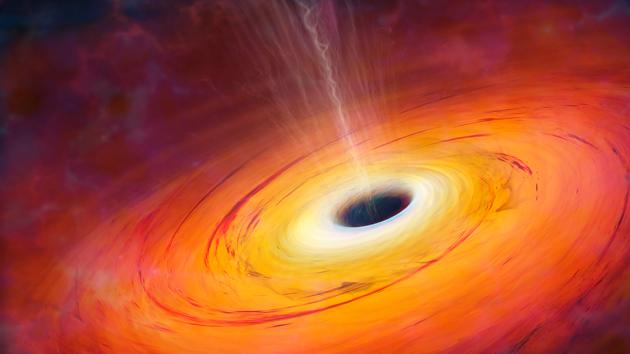space-time
Latest

Researcher finds a way to mimic curves in space-time
Here on Earth, it's rather difficult to replicate curved space-time -- to get that kind of effect in nature, you'd have to get uncomfortably close to black holes and other distant space objects. However, researcher Nikodem Szpak may have found a way to simulate that bend without facing oblivion. His proposed technique puts supercooled atoms in an optical lattice created by a laser field; so long as the laws of quantum mechanics and thermodynamics hold true, the atoms should behave like they're experiencing curved space-time. You can even change the lattice's pattern to mimic different circumstances, whether it's a moment right after the Big Bang or the surface of a star.

Scientists simulate time travel using light particles
We may never see practical time travel in our lifetimes, if it's possible at all. However, a team at the University of Queensland has given the Doc Browns of the world a faint glimmer of hope by simulating time travel on a very, very small scale. Their study used individual photons to replicate a quantum particle traveling through a space-time loop (like the one you see above) to arrive where and when it began. Since these particles are inherently uncertain, there wasn't room for the paradoxes that normally thwart this sort of research. The particle couldn't destroy itself before it went on its journey, for example.

Researchers create space-time crystal schematic, still won't undo those ill-advised high school photos
Think your cute little Minecraft schematics are the bomb? Well, a group of international researchers sees your quaint, little 3D masterpiece and raises you the blueprint for a 4D space-time crystal. Building on an idea floated earlier this year by theoretical physics guru and Nobel Laureate Frank Wilczek of MIT, a team led by UC Berkeley researcher Tongcang Li has created a schematic for a crystal with a fourth dimension -- movement in time. The resulting space-time crystal is being described as something akin to an infinitely running clock that does not require any additional energy once it starts going. The researchers also claim that the crystal can be built in just a few years -- provided that the necessary funding is available to the team that decides to take on the project, of course. Unfortunately, the crystal is still a long way from the Mr. Fusion-powered, time-traveling DeLorean that we truly desire. In the meantime, brainy types can feel free to click on the source link for more nuggets of wisdom about the research.

